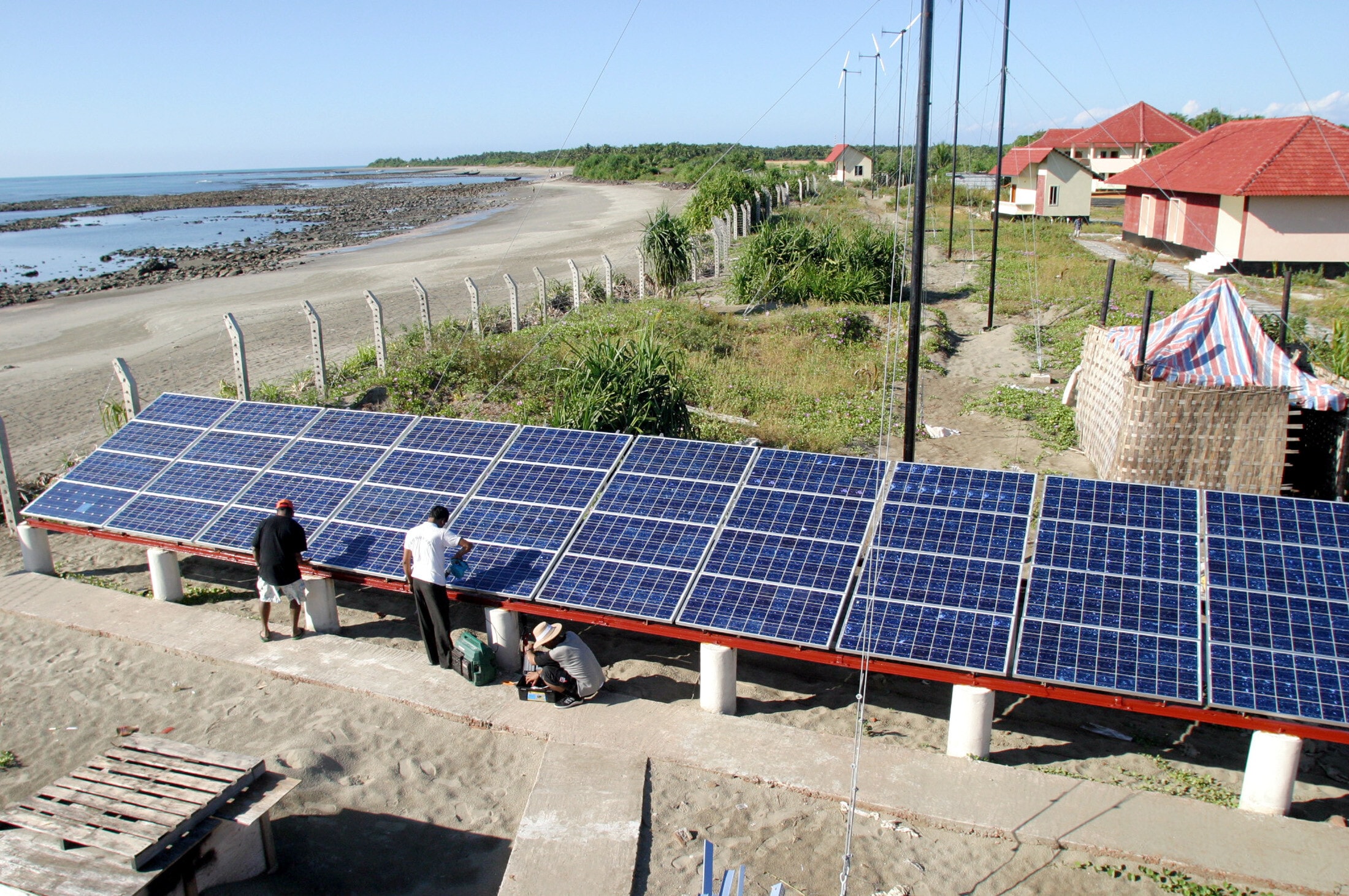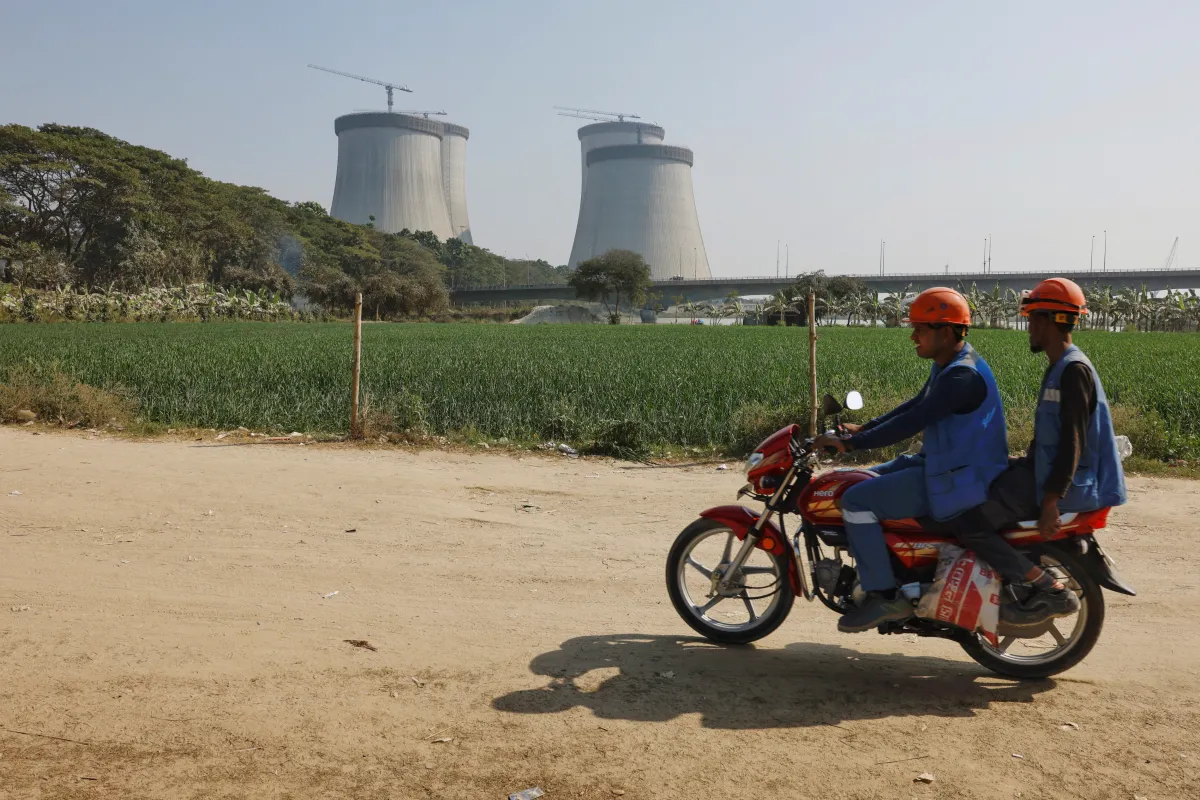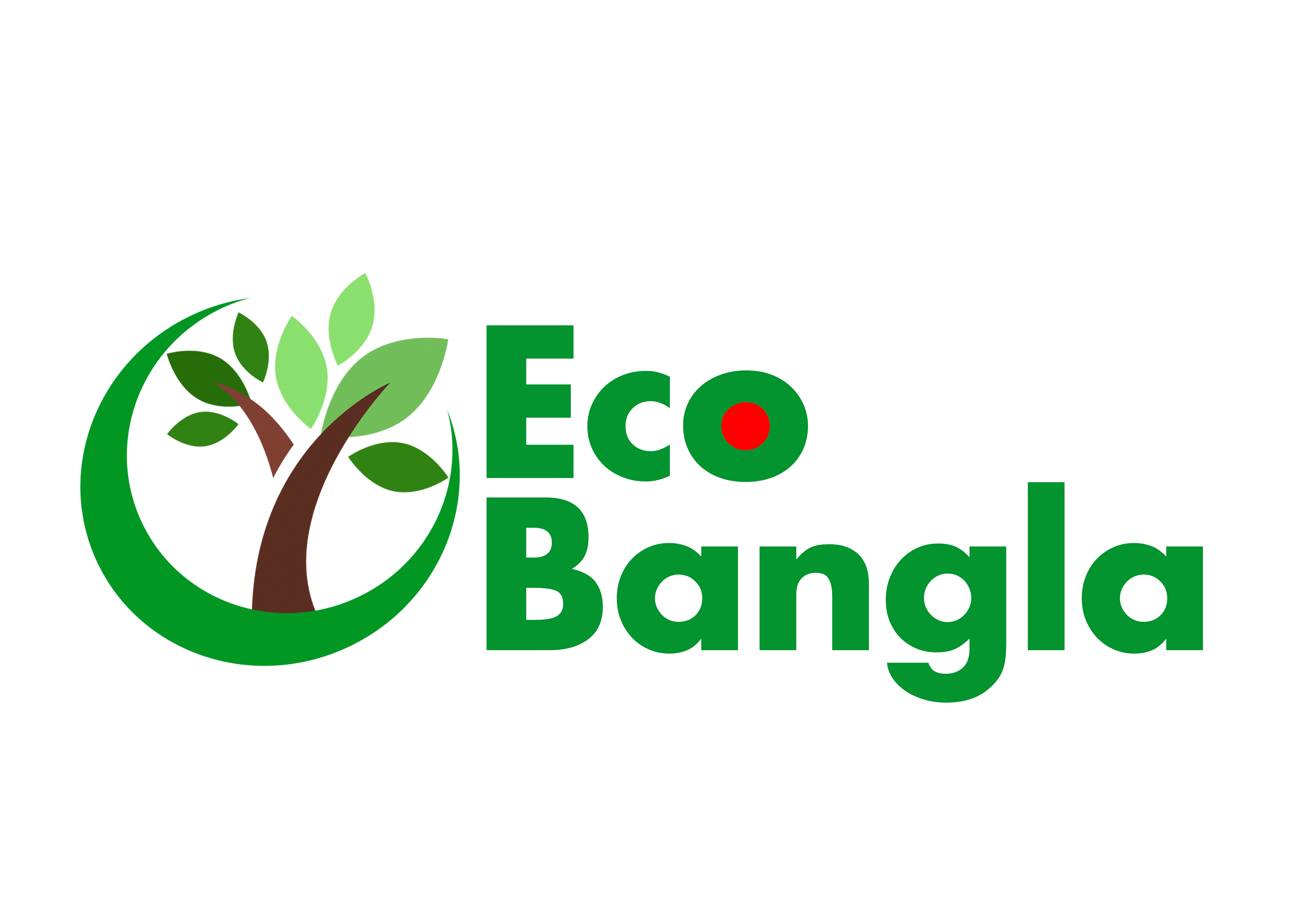Bangladesh's Energy Revolution: The Billion-Dollar Question
Despite the chaotic appearance, Bangladesh, home to 170 million people, is striving to become a leader in green energy.
Arthur Rahman
EcoBangla Correspondent
September 9, 2025
380
0

On the streets of Dhaka, where rickshaw drivers battle car traffic in the sweltering tropical heat, it's hard to imagine that this country is preparing for one of Asia's most ambitious energy revolutions. Yet behind the chaotic facade lies a real transformation – Bangladesh, home to 170 million people, aims to become a green energy leader. The story begins with a simple idea: what if a country that has fought floods and natural disasters for centuries could turn its geographical challenges into advantages? Bangladesh's sun shines 300 days a year, winds blow along its coasts, and rivers flow throughout the nation. But will that be enough for an energy revolution? The 30 Percent Dream In 2025, Bangladesh's government made a decision that sounds almost fantastical: by 2040, 30 percent of the country's electricity should come from renewable sources. Halfway to this goal – 20 percent – should be achieved by 2030. Compare this to the current situation. Today, Bangladesh lives off natural gas and imported coal. Every month, the country pays millions of dollars for fossil fuels that must be shipped from other continents. It's like constant bleeding from the national budget – money simply disappears beyond borders. But the energy transition isn't just an environmental issue. It's a matter of economic survival. Every time oil prices rise globally, Bangladeshi citizens feel it in their wallets. Every time geopolitical winds change trade routes, the country must search for new suppliers. Painful Mathematics This is where the real story begins. Experts from the Institute for Energy Economics and Financial Analysis calculated the cost of the dream. The answer is staggering: nearly a billion dollars annually for the next five years. More precisely, Bangladesh will need $980 million per year until 2030, and then even more. The following decade, the sum will grow to $1.46 billion annually. Compare this to what the country invests now: just $238 million per year. This means current investment flows must increase fourfold, and later sixfold. It's like trying to turn a drop into a river. Why Is It So Difficult? Teresa, a woman from Dhaka's suburbs, works in a small electronics factory. She tells how often work must stop due to power supply problems. "Sometimes electricity is cut three times a day. How can we plan business when we don't know if we'll have power tomorrow?" Her story reveals one of Bangladesh's energy sector's main problems – instability. But that's just the tip of the iceberg. Investors who could bring billions face entirely different challenges. First, they don't know what the rules will be tomorrow. Bangladesh government decisions on energy policy change frequently and unexpectedly, like weather forecasts during the monsoon season. Second, who guarantees payment for the generated electricity? The country's power companies cannot always guarantee payments, especially in rural areas. An investor might build a solar plant, but who knows if its production will be paid for on time? Third, currency problems. The Bangladeshi taka has depreciated significantly in recent years, and the country's credit rating has deteriorated. For foreign investors, this means additional risk – even if a project is profitable in local currency, the result in dollars could be negative. The Path of Innovation But Bangladesh's energy sector specialists wouldn't be themselves if they weren't seeking solutions. Here are the remedies they propose. First, policy stabilization. Instead of sudden decisions, clear, consistent rules of the game. Instead of chaotic project allocation, transparent auctions where the best offers win. The second solution is payment guarantees. The government could take responsibility for purchasing electricity from private producers. Alternatively, a special fund could be created, similar to India's Solar Energy Corporation, which would guarantee payments. The third path is currency risk management. With help from international banks, a system could be created to help project developers protect against currency fluctuations. Small Solutions, Big Impact Ahmad lives in a village 50 kilometers from Dhaka. His family has a small farm, but the electrical grid hasn't reached them yet. He dreams of solar panels on his house roof – this would allow his children to study in the evenings and his wife to use an electric sewing machine for extra income. Bangladesh's bankers have an excellent idea for helping people like Ahmad. Instead of complex refinancing schemes, they propose upfront financing. Instead of people having to invest their own money first and then ask for compensation, banks could lend immediately. Another solution is involving microfinance institutions. These organizations already work in rural areas, know local people, and understand their needs. They could become bridges between big banks' green funds and small rural energy projects. The Power of Partnership Bangladesh government planners know one thing for certain: they cannot overcome this challenge alone. They need partners. Here's what an ideal partnership might look like: the government handles land allocation for projects, power transmission lines, and electricity purchase agreements. Private investors bring capital, technology, and management expertise. Such partnerships would be especially suitable for industrial zones that the government is already planning for the country's industrialization. Land there is already designated; it remains only to find investors willing to build solar or wind power plants. The Guarantee System Last but not least important solution is a credit guarantee system. The idea is simple: the government partially guarantees loans for energy projects. If a project fails, the state covers part of the losses. Why does this work? Because banks find it easier to lend when part of the risk is transferred to others. And for the government, it's cheaper than direct investment – guarantees cost less than full project financing. The Big Question But will all this be enough? Mathematics is merciless – billions are needed, and the solutions, though intelligent, still seem too small for this challenge. Perhaps the answer lies not in one solution, but in all of them together. Perhaps Bangladesh's success will depend on whether it manages to create an energy ecosystem where each element strengthens the others. A more stable policy will attract more investors. Better payment guarantees will reduce risks. Currency protection will facilitate international capital attraction. Microfinance institutions will reach the most remote villages. Partnerships will accelerate large project implementation. Vision of the Future Imagine Bangladesh in 2040. Solar panels gleam on most rooftops in Dhaka's suburbs. Huge solar plants are scattered across unused land plots in the country's north. Wind turbines spin along the Bay of Bengal coast. Ahmad, who today dreams of electricity for his home, might already be teaching his children how to maintain the family solar system. Teresa would no longer worry about production shutdowns – electricity supply would be stable and reliable. And Bangladesh? Instead of paying millions of dollars for imported fuel, the country would invest in its people's education, healthcare, and infrastructure. Reality Check But dreams and reality are two different things. Bangladesh's energy revolution will face more than one crisis. Political decisions will change. Investors will hesitate. Technologies will become expensive or disappointing. Every successful project will have to compete with pessimists' arguments. Every plan will face bureaucratic barriers. Every innovation will have to prove its worth to skeptics. However, Bangladesh's history is one of struggle and survival. A country that rose from war ruins, survived natural disasters, and economic crises. If anyone can implement an impossible energy transformation, it's Bangladesh. The question isn't whether it's possible. The question is whether the country will have enough will, patience, and ingenuity to turn the dream into reality. The billion-dollar question awaits an answer.
You Might Also Like

Rosatom derails Bangladesh's energy transition to renewable energy

EcoBangla Needs You: Support Bangladesh's Green Voice
Comments (0)
Please sign in to leave a comment
Join the conversation and share your thoughts!
No comments yet
Be the first to share your thoughts!
Popular Articles
Discover trending eco-news and popular articles from our community.
